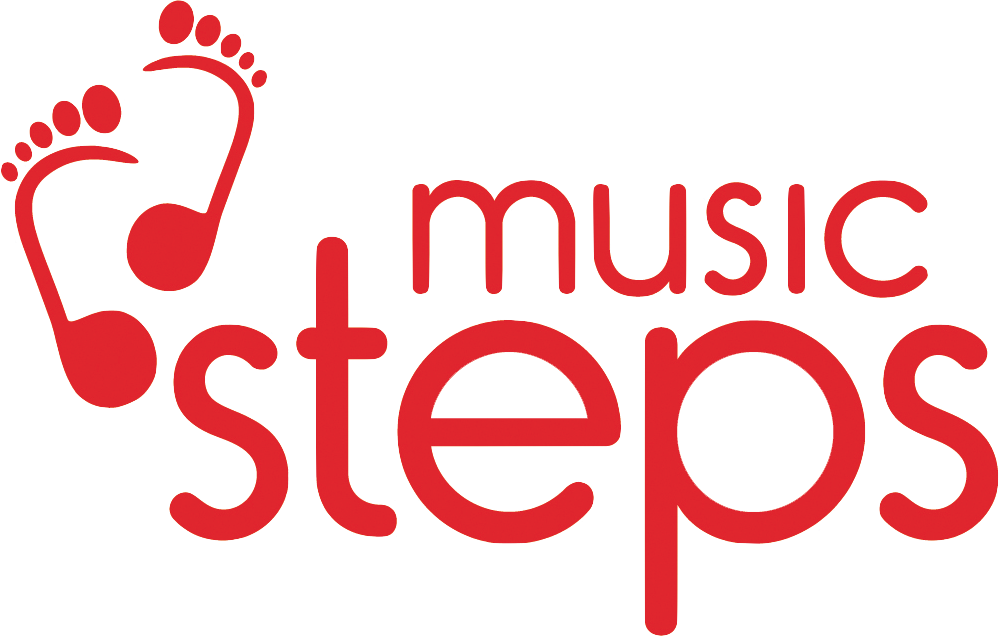Music Education for Kids (Interview with Natalia Czerska-Kacprzak)
Interview with violist/violinist, music specialist Natalia Czerska-Kacprzak
How early should the child start the music education?
It depends on the child and on the parents. Here in Asia, some children start their journey with education very early, at the age of 2 or even earlier. They attend “Baby Bum” classes, where they can experience music, sounds, listening and playing various instruments (mostly percussion) for the first time. This is a great opportunity to experience 'play-based', learning method. Ability to start learning music really depends on the child individual skills, attitude, parents approach and free time they can offer, in order to support their learning.
How can parents support their children in learning music?
Parent’s support is crucial in this case. If the parent decides to send the child to music classes, no matter if it is violin or piano, they have to be prepared to sacrifice their time and practice with the child at home. Parent’s support gives the child the sense of safety, security, builds up their confidence and self-esteem. At the later stage of learning, it definitely helps the pupil to take control over their own learning process.
How to keep the child engaged during the lesson?
The most powerful strategy, that works for me is to be able to change activities quite often. The teacher has to be flexible as well as a good observer that is able to identify, when it is the right time to change or end some tasks and proceed to another. Good idea for the older kids, while teaching the general music subject, is to use various Instructional Strategies, such as Word Wall, Note Taking, Graphic Organizer, Partnering Activities, Peer Tasks, Discussion, Reflection and Asking Question, to check their understanding.
What is your ideal music lesson?
If we talk about the general music subject, then the ideal class should have a provocation, which will allow students ask questions. The teacher should always present the subject in a clear way. He should repeat the information if necessary, ask questions for comprehension and prepare lots of interesting activities with interaction. Additionally, the tutor could also use active learning, real instruments, technology and various instructional strategies such as Venn Diagram, T-Chart and Cornell Notes. There should be also some time given for reflection and interactive group. In the same time students could also focus on individual and self-assessment work. They should be allowed to ask questions and make mistakes. Mistakes are ok!
What are your favourite materials to use during the class?
The IB curriculum that I follow in my current school gives the teachers quite a lot of freedom as we are not tied to any textbooks. I use the Kodaly Method for various music theory, singing. For violin instrumental classes, I follow the ABRSM curriculum.
Which of the Music steps videos is you favourite?
I like all of them!
Natalia is a violist, violinists with a BHons Degree from The Royal College of Music in London, UK (2009) and MMus in Performance from the Music Academy in Lodz, Poland (2013). Natalia is a passionate music educator, currently teaching Music Subject and Violin Ensembles in an IB International School in China. She is a freelance musicians, performing with The Malaysian Philharmonic Orchestra, City of Hong Kong Chamber Orchestra.




